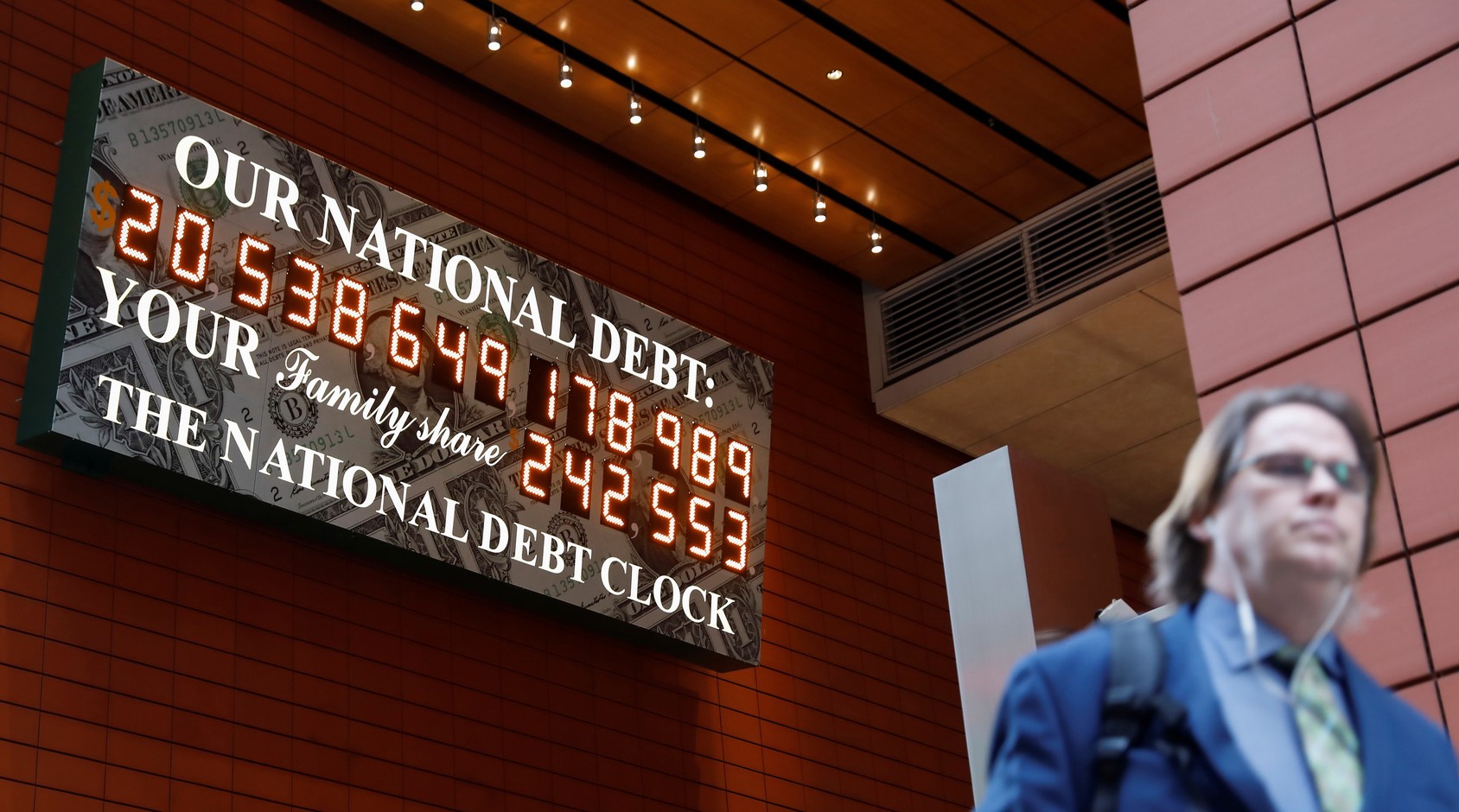When a drop becomes a drag

10th February 2021
We have written before about how time and patience are incredibly useful tools. The longer the timescale, the more opportunity there is for investments to recover lost ground. But underneath the ups and downs of a portfolio is a hidden force that can have a significant effect on short and long-term performance.
In its simplest form, investing is about achieving a return. The targets and timescales will vary, but for most the aim is that putting your money to work will give a better financial outcome.
Of course, the corollary to seeking a financial return is the acceptance of some risk. The 2020 coronavirus crisis has brought the concept of risk to many areas of life, be it our own health, the economy, or the financial markets.
When it comes to investing, risk really means volatility – or the degree to which the value of an investment varies up and down. Highly variable portfolios are risky because if you need to access the funds, or cannot stomach the ride emotionally, you may be forced to sell at a loss.
Volatility has the potential to erode returns through an unseen effect know as volatility drag. The reason this effect exists is because financial returns are dependent on and linked to previous returns – in other words, on any day, your portfolio’s starting value is dependent on the performance the previous day. Over time, returns in a portfolio form a series of linked data points which give rise to a drag effect.
This is best illustrated with an example. Suppose we have a £1 million portfolio which is fully invested on 1 January. By the midpoint of the year on 30 June, the return is down -10%. In the second half of the year the portfolio returns +10%.
At first glance, it’s easy to assume the +10% performance in the second half of the year has recouped all the losses in the first half. After all, in simple terms the average return appears to be 0%.
But, as Milton Friedman once said, “Never try crossing a river just because its average depth is four feet.”
Lurking beneath the numbers is volatility drag. In the above example the final value of the portfolio is not £1 million, but £990,000. This is because financial returns are linked. Our starting point for the second half of the year is £900,000 from which we generate +10% (+£90,000).
Using what’s known as the arithmetic average gives us an inaccurate return of 0% (-10% + 10%). Instead, we need to join the returns geometrically, which is also known as a compound return. This is achieved by multiplying the returns together.
For the mathematically curious, the actual annual return in the above scenario – minus £10,000, or minus 1% – can be calculated as follows:
(1 + -10%) x (1 + 10%) – 1 = -1%
Something interesting happens when the volatility of the portfolio rises. Using the above example, let’s assume that our £1 million starting portfolio falls -50% in the first six months, before returning +50% in the second half.
Again, the arithmetic average (-50% + 50%) would suggest we end the year with a portfolio return of 0%. However, joining the two returns geometrically gives us the true figure (-25%):
(1 + -50%) x (1 + 50%) – 1 = -25%
Not only do these examples illustrate the impact of higher volatility but they show how calculating returns over multiple time periods (such as days, months or years) can be more complicated than using a simple average.
What’s more, we can see that the higher the volatility, the higher the impact of volatility drag. The first example portfolio – with a drop of minus 10% – ends the year 1% below the starting point. The second example portfolio – falling by minus 50% – finishes 25% down.
Negative returns have an asymmetric impact on wealth compared to positive returns
Statistically, negative returns have an asymmetric impact on wealth compared to positive returns. As a data-driven investment manager, we use this information to shape and optimise how we invest. It’s why Edison’s strategies are designed to manage risk down; limiting volatility drag significantly contributes to achieving target returns. And crucially, it’s why we always report targets and actual returns in geometric terms, rather than arithmetic. It means there are no nasty surprises when markets encounter the next shock to the system.
<< Back to Insights
Contact us to see how we can help.
+44 (0) 20 7287 2225
hello@edisonwm.com
The value of investments and the income arising from them can go down as well as up and is not guaranteed, which means that you may not get back what you invested. Past performance is not necessarily a guide to the future. The information contained in this website does not constitute advice. The FCA does not regulate tax advice. The FCA does not regulate advice on Wills and Powers of Attorney. The Financial Ombudsman Service is available to sort out individual complaints that clients and financial services businesses aren’t able to resolve themselves. To contact the Financial Ombudsman Service please visit www.financial-ombudsman.org.uk.



